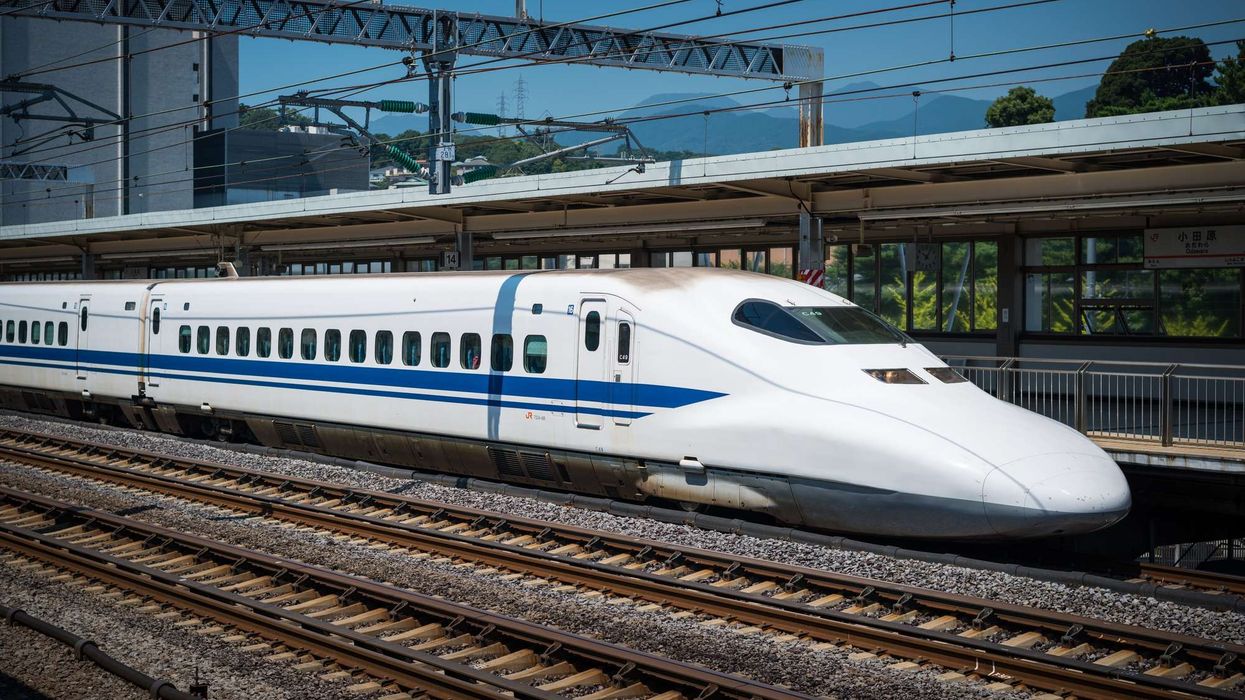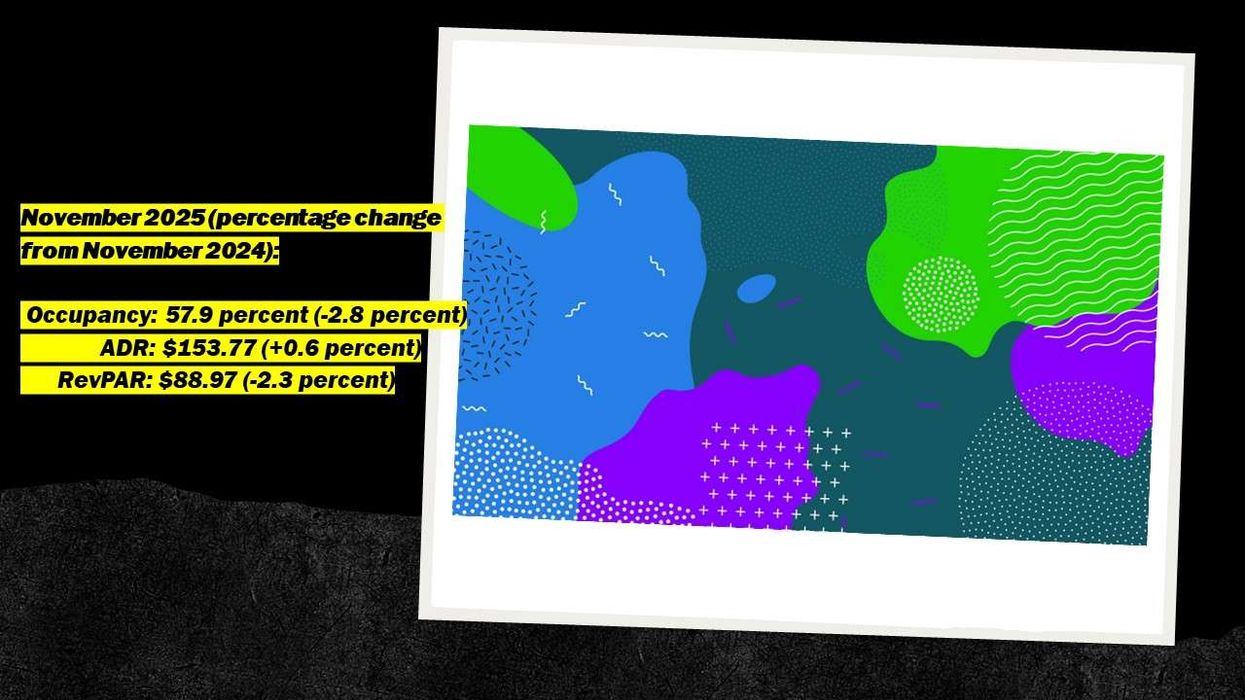EXTENDED-STAY HOTELS outperformed the overall industry in May, with all segments excelling, according to a report from consulting firm The Highland Group. Despite the economy segment's RevPAR decline, upscale extended-stay hotels achieved the highest increase, surpassing all other segments.
According to the report, the 1.5 percent net increase in extended-stay room supply in May aligns with the average growth rate observed over the past 12 months. “May marked the twentieth consecutive month with supply growth of 4 percent or less, which significantly falls below the long-term average.”
“May was a very good month for extended-stay hotels overall as all three price segments bettered respective classes of the total hotel industry,” said Mark Skinner, partner at The Highland Group.
The economy and mid-price segments saw their strongest supply gains in 17 and 19 months, respectively. However, “supply comparisons, especially in the upscale segment, are affected by factors like re-branding, de-flagging of hotels, and sales to multi-family apartment companies and municipalities,” the Highland report said.
The current trend is expected to ease later in 2023, but the overall increase in supply compared to 2022 is projected to remain significantly below the long-term average for the entire year, it said.
Extended-stay revenue figures
In May, total extended-stay hotel revenue experienced its second lowest monthly increase in over two years. However, it exceeded the 4.5 percent gain reported by STR for all hotels during the same period, Highland said.
Among extended-stay hotel segments, only the mid-price segment recorded an increase in demand in May, which contributed to a 0.9 percent rise in total extended-stay demand compared to May 2022. Meanwhile, this compares favourably to the overall hotel industry which saw demand increase 0.6 percent over the same period, according to STR.
Occupancy trends
According to the Highland report, extended-stay hotel occupancy surpassed the overall hotel industry by 12.7 percentage points in May. “This marked a 2-point increase compared to the previous year, but the occupancy premium remained within its long-term average range.”
May marked the ninth consecutive month where the upscale segment experienced the highest monthly gain in ADR for extended-stay hotels. Additionally, it was the nineteenth month in a row where the total extended-stay ADR exceeded its nominal value in 2019.
The ADR growth in May, surpassing the 3.9 percent gain reported by STR for the overall hotel industry, was consistent with the rates observed during the mid-2012 to mid-2014 period, the report added.
“Since June 2022, the upscale segment consistently led in RevPAR gains,” the report said.
“Mid-price and upscale extended-stay hotels outperformed other hotel classes in RevPAR growth. The economy segment experienced a modest decline of 2.5 percent, surpassing the 3.2 percent contraction reported by STR for all economy segment hotels.”
Meanwhile, Highland's "2023 First Quarter U.S. Extended-Stay Hotels Report" recently revealed that economy and mid-price extended-stay hotels saw significant RevPAR gains compared to all hotel classes from 2019 to 2023. Total occupancy for extended-stay hotels is near 2016 and 2017 levels but below peak years since 2015. In 2023, first quarter ADR for extended-stay hotels reached its highest ever reported, and all three segments have fully recovered their 2019 ADR values, The Highland Group said.














